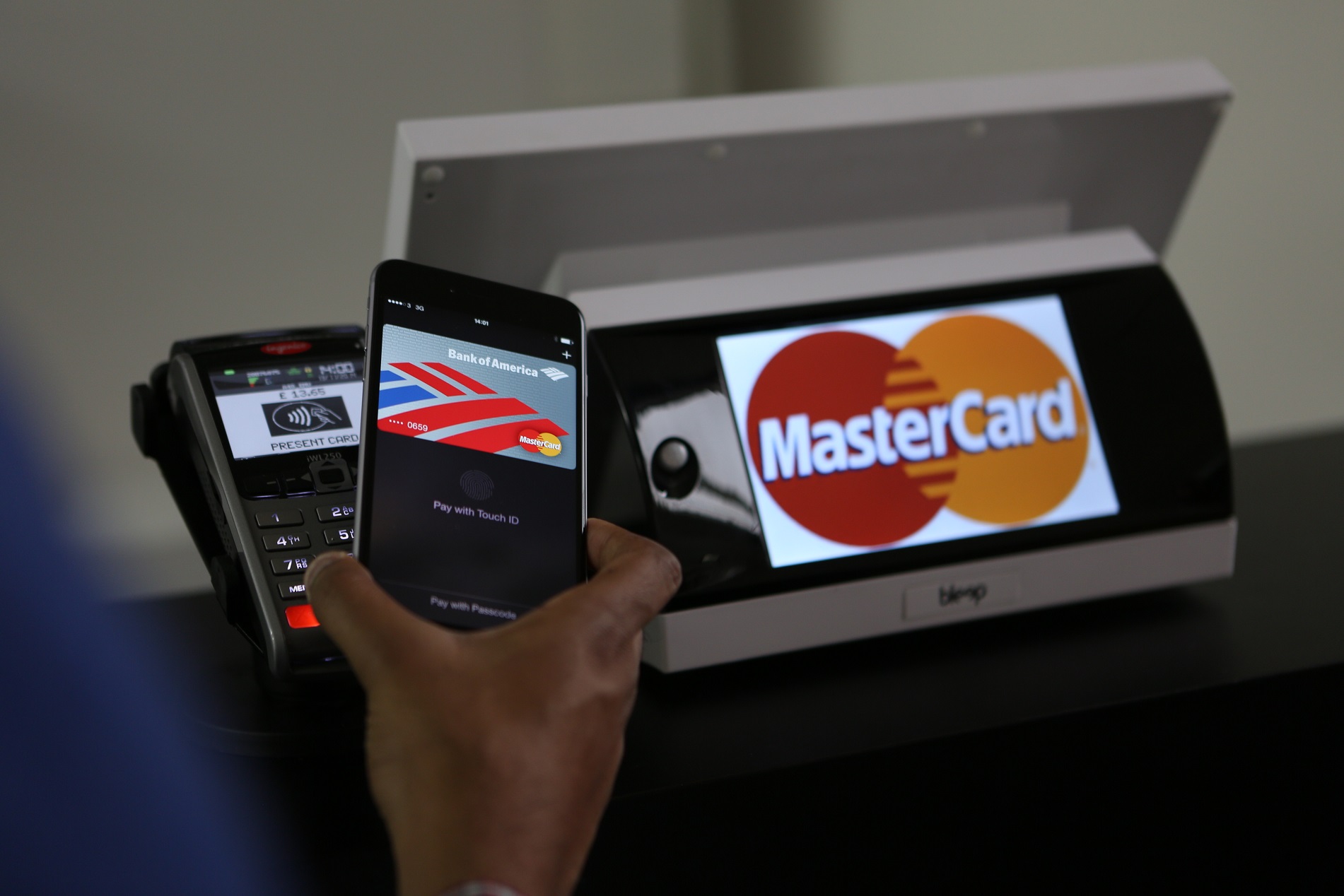For a long time, many have seen Mastercard (MA 0.23%) merely as the also-ran to Visa, its chief competitor in the credit card space. Yet Mastercard has been working hard to get the better of its larger rival, following a slightly different strategic vision that's focused on international markets that are only now getting around to developing electronic payment systems and infrastructure. Key acquisitions have also added capabilities to its business, and many have hoped that these moves would help to narrow the gap between the two.
Coming into Thursday's second-quarter financial report, Mastercard shareholders expected to see continued gains in revenue and net income, reflecting solid conditions for the global economy. Its results outpaced those expectations considerably, with record numbers that emphasize the smart execution that the payment network specialist has achieved. Let's look more closely at what the latest results say about the company and its prospects.

Image source: Mastercard.
Mastercard keeps picking up speed
Mastercard's second-quarter results continued its streak of impressive performance. Revenue was up 13% to $3.05 billion, which was even better than analysts' consensus forecast for roughly 10% top-line growth. Net income climbed 11% to $1.18 billion, and that produced earnings of $1.10 per share, which was $0.06 per share higher than what most of those following the stock had been looking to see.
The company's efforts to improve efficiency showed up clearly and positively in the results. Operating expenses grew at just a 7% pace, helping to boost operating income by a fifth, and resulting in a nearly three percentage point rise in operating margin. Tax rates also fell slightly, helping drive earnings still higher, and stock buybacks continued to reduce the number of shares outstanding, providing further bottom-line support.
Fundamentally, things are going right for Mastercard. The company saw gross dollar volume rise 9% on an adjusted basis worldwide, with a 17% jump in switched transactions to more than 16 billion. Cards outstanding rose 6% to 2.38 billion, and cross-border transaction volume climbed 14% when measured in local currency terms.
Mastercard's global strategy continued to pay off, with international results outpacing those from the sluggish U.S. market. Gross dollar volume was up just 3% in the U.S., compared with 11% gains on an adjusted basis internationally. With over two-thirds of its volume coming from outside the U.S., Mastercard has truly aligned its fate with the health of the global economy, although concerns about whether the company is making the most of its domestic opportunities remain.
Can Mastercard climb higher?
CEO Ajay Banga explained the results from a strategic standpoint. "This growth is driven by our focus on providing products and solutions that help our issuers, merchants, and partners gain real value beyond the transaction," Banga said. "Our investments in Fast ACH, B2B payments, and advanced security technologies increasingly position us as the one-stop shop for our partners' electronic payment needs."
Already, the investments that Banga mentioned are paying off. Acquisitions contributed two percentage points to the company's net revenue growth, with most of the impact coming from its purchase of U.K. payment technology unit Vocalink. Those acquisitions have also added to operating expenses, but long term, they could reward the Mastercard with faster growth and new opportunities for collaborative partnerships with key players in the industry.
Mastercard also bought back another 8 million shares during the quarter, spending $931 million, and added another 1.8 million shares during the first part of July. The company still has $2.9 billion to spend under its current share buyback authorizations, and it rounds out its strategy for returning capital to shareholders with a healthy dividend.
Investors were happy with the report, and the stock climbed 1.5% in pre-market trading following the announcement. We shouldn't expect Mastercard to become the No. 1 player in electronic payments in the near future, but given enough time, the company has the potential to surpass its archrival and take the leadership role in the space.
